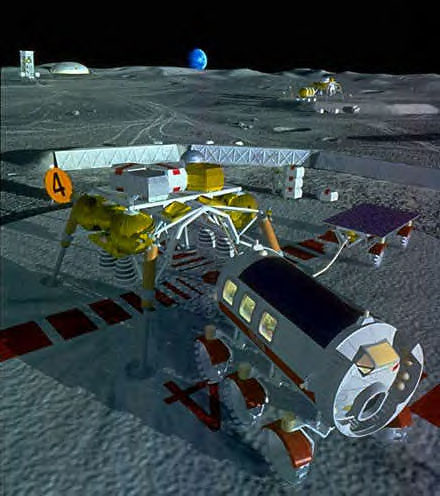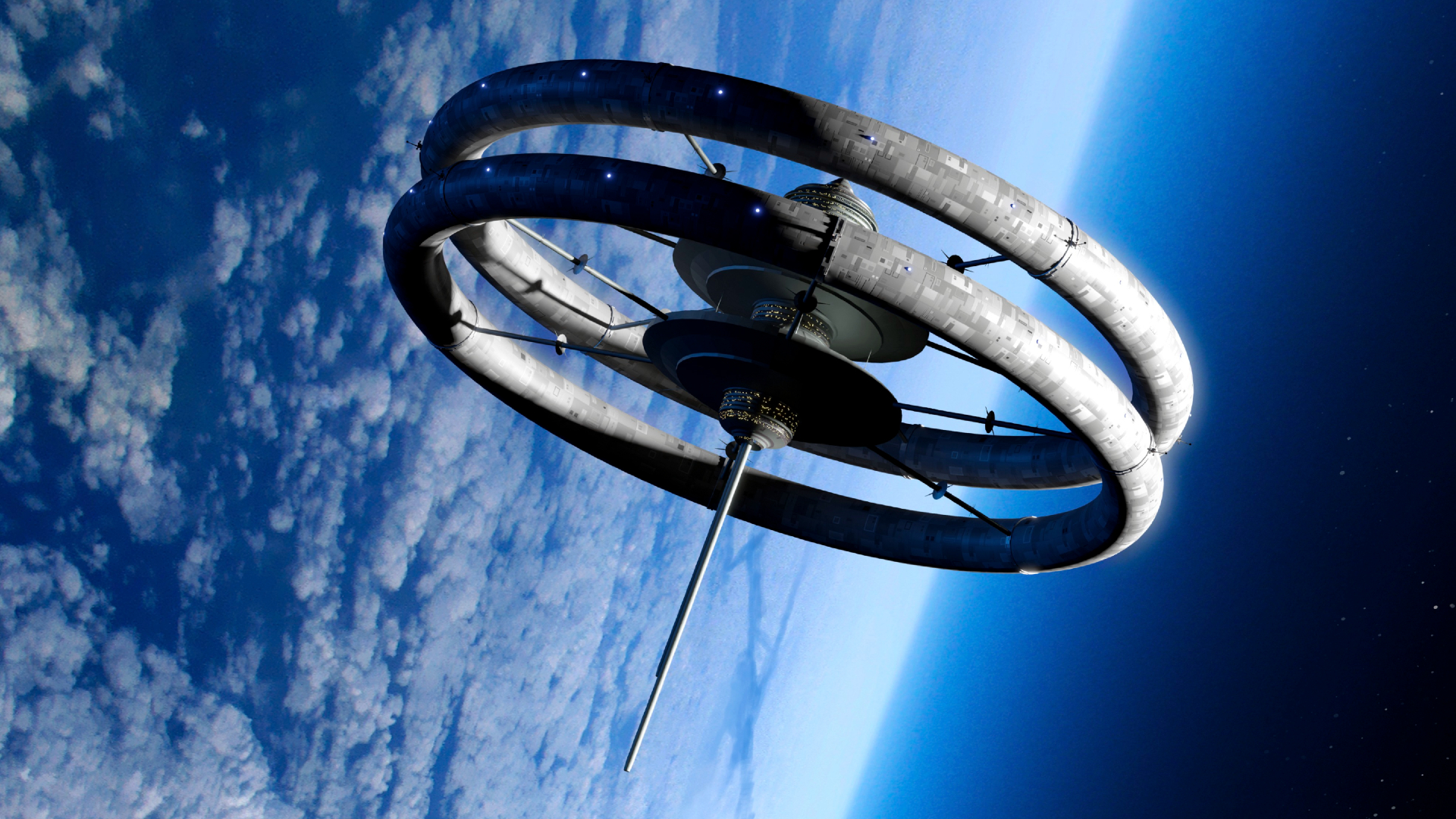NASA Challenge: Pull Oxygen from Moon Dirt, Win $250,000

NASA haspromised a cool $250,000 for the first team capable of pulling breathableoxygen from mock moon dirt, the latest award in the space agency's CentennialChallenges program.
The cashprize is the reward for winners of the agency's Moon Regolith Oxygen (MoonROx)challenge, the third contest set by NASA to encourage commercial spaceindustry.
""It ourhope to kind of seed some of the long-term technologies that we're going toneed for future exploration," said Brant Sponberg, NASA's Centennial Challengesprogram manager, in a telephone interview.
In theMoonROx contest, NASA and the Florida Space Research Institute (FSRI) challengeinventors to pull at least 11 pounds (five kilograms) of breathable oxygen froma volcanic ash-derived lunar soil substitute called JSC-1.
But itdoesn't end there. Participants not only have to extract the oxygen, but mustaccomplish the feat within eight hours. The competition expires June 1, 2008.
"Oxygenextraction technologies will be critical for both robotic and human missions tothe moon," said Sam Durrance, executive director for FSRI. "Like otherspace-focused prize competitions, the MoonROx challenge will encourage a broadcommunity of innovators to develop technologies that expand our capabilities."
Earlierthis year, NASA detailedtwo other centennial challenges.
Breaking space news, the latest updates on rocket launches, skywatching events and more!
The 2005Beam Power Challenge will award $50,000 to the first team that can use wirelesstechnology to lift a weight off the ground. Such technology could eventually beemployed to beam payloads off Earth.
Meanwhile,the 2005 Tether Challenge calls for teams to build the strongest tether of aspecific diameter. The tethers will each be stretched to the breaking point,with winners advancing through the ranks toward a final showdown with NASA's"house tether," made of existing material. Beat the "house tether" and you snag$50,000.
NASA plansto set aside about $80 million towards Centennial Challenge prizes over thenext five years to encourage private space technology development. Partlyspurred by the $10 million Ansari X Prize for a private, manned suborbitalspaceflight - which was snaredlast year by Scaled Composites' SpaceShipOne -the cash prize is also geared tohelp support NASA's space exploration vision.
Thatvision, announcedby President Bush on Jan. 14, 2004, calls for a resurgence of human missions tothe moon by 2020, as well as the ultimate push out to Mars and beyond.
"Theuse of resources on other worlds is a key element of the vision for spaceexploration," said Craig Steidle, NASA's associate administrator for theexploration systems mission directorate, in a statement. "This challenge willreach out to inventors who can help us achieve the vision sooner."
Sponbergsaid that more challenges will be announced in upcoming weeks, and may includeadditional contests to develop off-planet resource utilization tools orastronaut support systems.
Otherfront-runners for near-term contests could challenge innovators to develop abetter spacesuit glove or an unmanned, lighter-than-air vehicle that could oneday lead to a Venus or Mars probe.
Longer-termchallenges may call for full-up space missions or complex demonstrations, suchas a high-precision landing, Sponberg added.
"I thinkit adds great dimensions to our [exploration vision]," Sponberg said of theCentennial Challenges program. "It's a great way to reach out to innovatorsthat we couldn't before."

Tariq is the award-winning Editor-in-Chief of Space.com and joined the team in 2001. He covers human spaceflight, as well as skywatching and entertainment. He became Space.com's Editor-in-Chief in 2019. Before joining Space.com, Tariq was a staff reporter for The Los Angeles Times covering education and city beats in La Habra, Fullerton and Huntington Beach. He's a recipient of the 2022 Harry Kolcum Award for excellence in space reporting and the 2025 Space Pioneer Award from the National Space Society. He is an Eagle Scout and Space Camp alum with journalism degrees from the USC and NYU. You can find Tariq at Space.com and as the co-host to the This Week In Space podcast on the TWiT network. To see his latest project, you can follow Tariq on Twitter @tariqjmalik.
